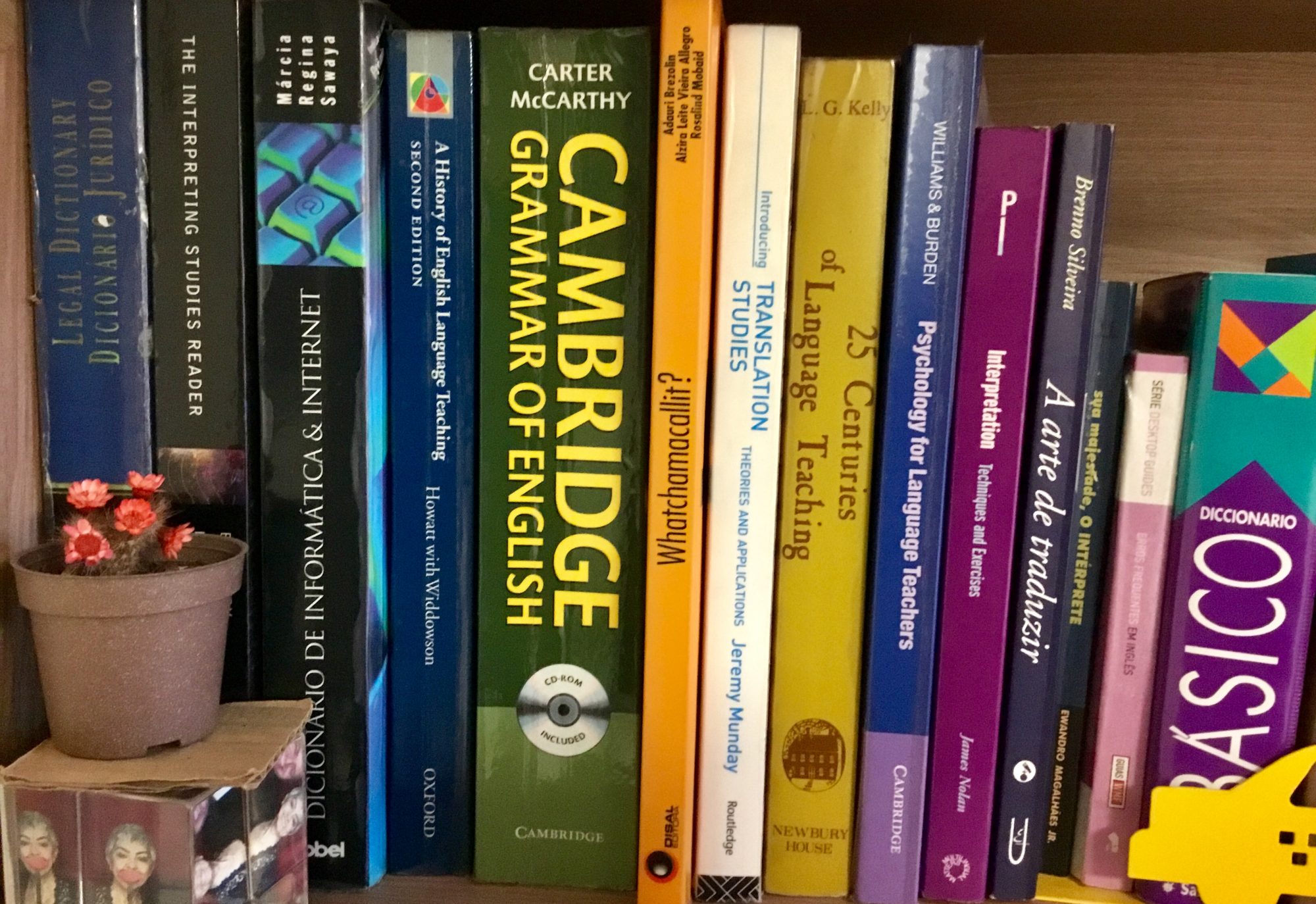A. Before you watch the video:
1. Can you remember any Christmas commercial? What made it special or memorable?
BBC One Christmas ad: heartwarming tale or lousy depiction of working mothers?

B. AFTER YOU WATCH THE VIDEO:
1. What was/were the objective(s) of this commercial?
2. who did you see in the opening scene? What time of the day do you think it is?
3. What is the woman doing? Who is she?
4. What is the teenager doing?
5. Who did he text to? What did he write?
6. What is the key message of the tv commercial?
7. What positive and/or negative aspects could you identifica from the story?

Key words:
Rush out
Disconsolate
Arcade game
Dusk
A funfair / a fairground / an amusement park
Candy floss / cotton candy
EMOTIONAL BBC CHRISTMAS ADVERT FREEZES TIME SO MOTHER AND SON CAN BE TOGETHER
There are three hard truths in this advert:
Families need money
Women need recognizing as reliable workers
Vulnerability of boys
C. Fill in the blanks with words from the vocabulary:
1. Go on the rides you haven’t gone on yet and you have spent your time wisely at the ________________.
2. At $199.99 I wouldn’t ____________________ and buy one, however.
3. That species of bird usually flies back home at _______________
4. We could not see an end and it was so ______________________.
5. Life is like ______________, spun of hopes and dreams

“You still coming tonight, Mum?” She says, “Don’t know love. If I’ve got time,”
Key:
Fill in the blanks with words from the vocabulary:
1. Go on the rides you haven’t gone on yet and you have spent your time wisely at thefunfair!
2. At $199.99 I wouldn’t rush out and buy one, however.
3. That species of bird usually flies back home at dusk.
4. We could not see an end and it was so disconsolate.
5. Life is like candyfloss, spun of hopes and dreams

















